13 days.
Only 13 days until Winter takes the backburner and is forced to concede to her sunnier sister, Spring.
Only 13 days until we can finally round that corner and begin to transition to a time of growth and hopeful anticipation.
Only 13 days until all the snow melts and colorful droves of daffodils and tulips erupt from the earth in a vibrant fervor[1].
13 days.
We can do this, people.
In a highly anticipated preview of what’s to come, this Sunday we “spring forward” and gain an extra hour of daylight each evening. Slowly but surely the days have been getting longer, and now those seemingly negligible extra minutes and seconds of sun have finally amassed to create a palpable difference not only in the duration of light but also in the elevation of morale. When the weather is sunnier, people are sunnier, too. Life simply looks different when we don’t drive to and from work in the dark; possibility abounds when we can come home to enjoy even a few fleeing moments of natural light as the sun slowly begins to set. Nature is such an illusionist this way. While we don’t actually gain any time as the days tick on from December 21st, a little extra sunlight each day easily makes us think that we do, and this promise and potential fills me up and brings a renewed energy and appreciation for life. I want to live in the sun, I want to dwell in the possibility it brings: We are almost there.
13 days.
As we begin to transition into spring, I cannot help but consider the potential for new life and growth. Spring rains yield renewed energy and wake the Earth, encouraging that which was once dead to resurrect and take new life. Spring typically evokes images of fragrant flowers and dashing bunny rabbits, singing songbirds and pastel colors that dot a newly emerging landscape. Yet, spring is not the only entity capable of evoking these feelings: Literature plays an equally prominent role in creating meaning from nothing, cultivating promise, and fueling hope.
In fact, books have kept me sane amidst the incessant insanity that has been this winter. Between the gale force winds of the polar vortex and the ceaseless snow storms that have wreaked havoc throughout the country, books have been the life raft that has keep me afloat, preventing me from drowning in Winter’s deep bowels. With every author I read and every adventure I conclude, I feel myself renewed with invigorating opportunity and critical thought, slowly “inch worming[2]” my way towards the promise of spring.
Speaking of “inchworms,” Cam has had a busy week studying worms. Worms and pensises that is. It’s all he has been talking about this week, and it makes for some interesting dinner conversations. It’s really getting to be a problem[3]…
Since worms are so readily on Cam’s mind, they naturally have begun to plague my mind as well. With that in mind, this seems like an appropriate time for some random “worm trivia.” Here we go:
- Many flatworms are hermaphrodites. So are many segmented worms. Parrrtayyy.
- Dogs can contract a worm called “toxocara canis” from other organisms, and this worm causes something called “ocular larval migrans.” Lucky for humans[4], this disease is zoonotic (meaning it can spread between humans and animals), so we can “catch” this worm from our furry Fido friends. How will you know if you’ve been so lucky? The worm can be (quite visibly) seen swimming around in the whites of your eye! Yum[5].
- “Haemonchus contortus,” also called the “barber pole worm,” is known for eating blood. Lucky for humans, it only attacks ruminants (alpacas and llamas). It’s basically the vampire of the worm world.
- “Flukes” migrate throughout your liver, eating your blood and puking excess pigment (typically referred to as “fluke puke” in the vet world). You may not know you have flukes until it is too late and you have been, quite literally, puked to death![6]
Worms. Gnarly little buggers. Who knew?
Rest assured our beloved “inchworm,” the namesake of this blog post, is not guilty of such heinous atrocities. According to Cam, “Inchworms aren’t a problem in veterinary medicine.” Segmented worms aren’t inherently problematic; the only true harm they can bring lies in their function as a vehicle for other potential problems. Fun fact: Because earthworms carry other worms, if your dog eats an earthworm, he might actually unwittingly release the wrath of the worm kingdom on his anatomy. Dog owners beware: Yikes![7]
But I digress. Back to our regularly scheduled programming.
With this information in mind, it can be strange to think “worms” are commonly associated with books. Indeed, bibliophiles are frequently referred to as “bookworms,” a pet name that seems to have been around as long as books themselves. What does it really mean when you call someone a “bookworm?” Is this a flattering comparison? An accurate one?
A quick Google search on the history of the “bookworm” reveals in past cases (and perhaps some present cases as well) numerous books actually hosted bugs and insects that feed on paper. (Perhaps this shouldn’t be very surprising since paper is made from wood.) These insects include silverfish, moths, ants, roaches, and—gasp! —certain types of worms. Essentially, people who read frequently also frequently stumbled upon these critters tucked away in the warm paper confines of their novels. Thus, if you were well acquainted with books, chances are you were also well acquainted with all types of fun flora and fauna, and hence the charming nickname was born!
As unappealing as the moniker may sound, I can’t help but draw fitting parallels between a worm’s purpose in the rejuvenation of plant life (particularly during spring!) and the transformative power of literature. Earthworms help cultivate plants and generate life by plowing the soil and allowing air and water to better access seeds and roots. As a result, essential nutrients are able to effectively get to the plant and thus foster proliferation. Books work in a similar manner. Literature plants “seeds” of creativity, critical thought, and perspective in the minds of readers. By exposing ourselves to as many different texts as possible—written from as many different perspectives as possible—we plow little holes and tunnels that allow ideas and inspiration to more easily access our minds and seep into our “roots.” Thus, books create a bevy of unfiltered possibilities that expose us to people, opinions, and opportunities we never thought possible.
With this in mind, why aren’t we, as a society, constantly reading books? If books give us access and exposure to that which seems impermeable, why not seize the opportunity to delve into the land of the unknown, stick our noses between the leafy pages of a text, and pour ourselves fully into literature? How are we not all bookworms?
There are many plausible explanations for this, but perhaps time is the most significant. Time is at a premium: No one ever has enough time. With life moving one hundred miles an hour, it is tricky if not downright impossible to fit in a warm, cozy reading session sandwiched between countless other responsibilities. However, what if I told you there was a way to do this, to read while multitasking and refusing to forgo any other necessary area of your life? There is a solution, indeed. And that solution is audiobooks.
I first learned of “Libby” from a friend at my bi-monthly book club. Over craft beer and generous helpings of gooey pizza we gushed about our shared desire to read more while simultaneously bemoaning the barriers of time.
“Have you ever tried listening to audiobooks?” she asked.
I hadn’t.
And, to be honest, I wasn’t particularly motivated to begin listening to audiobooks. We English majors tend to fancy ourselves book “purists,” and there’s something a little foreign and other about reading that isn’t really, well, reading. However, my friend was relentless in her praise, so relentless in fact that I eventually broke down and downloaded Libby onto my phone. Still skeptical, I loaded my library card , browsed the available titles, and download my first selection. “Here goes nothing,” I thought.
Libby and I are now besties.
She accompanies me everywhere: To work, from work, at the gym, folding laundry, unloading the dishwasher…Is there anywhere Libby won’t go? Libby is now such an integral part of my daily routine that I often find myself wondering, was there a life before Libby?
(Upon reflection, I am realizing my home screen apps” reveal a telling truth about about how I spend my time…)
Libby is streamlined and easy to use. And, depending upon your local library’s offerings, she offers countless hours of entertainment and mental stimulation. In fact, one of the things I love most about using Libby is that she provides an outlet for discovery and allows me to forge a path for continued learning even within the confines of a busy schedule. With Libby by my side I find myself contemplating everything from the food famous women ate to ways to create a successful business, and I absolutely thrive on it. Thanks, Libby[8]!
Katie, what have you and Libby “read” thus far? I’m so glad you asked:
- Talking As Fast As I Can by Lauren Graham
- What She Ate by Laura Shapiro
- We Should All Be Feminists by Chimamanda Ngozi Adichie
- Dad Is Fat by Jim Gaffigan
- Capital Gaines by Chip Gaines
- Barking to the Choir by Father Greg Boyle
- The Power of Habit by Charles Duhigg
- Lean In by Cheryl Sandberg
- Modern Romance by Aziz Ansari and Eric Klinenberg
- The Girl With the Lower Back Tattoo by Amy Schumer
While naturally some books have resonated with me more strongly than others, I haven’t regretted any of these selections. Lean In is an inspiring, motivational text all workingwomen should read. Looking for a good laugh? Look no further than Dad Is Fat. Jim Gaffigan is as funny as he is self-deprecating. Gilmore Girls fan? Listen to Lorelei’s voice in Talking As Fast As I Can and reminisce as you revisit the charming streets of Stars Hollow.
While I am fond of my past Libby adventures, I eagerly look to what’s next. Here’s what I’m currently reading (or at least what is available in my queue):
- The Wild Truth by Carine McCandless
- The Death and Life of the Great Lakes by Dan Egan
- Educated by Tara Westover
- First Women: The Grace and Power of America’s Modern First Ladies by Kate Andersen Brower
I haven’t quite started Educated or First Women: The Grace and Power of America’s Modern First Ladies (they just came in!), but I am eager to. I am currently hooked on The Wild Truth, which is written and read by the famous sister of Chris McCandless, the rebellious spirit who passed away in the Alaskan wilderness while on a personal quest for truth. It is simultaneously insightful and haunting.
Ever eager for continued growth, you better believe I’ve scoped out my next reading—ahem, I mean listening—escapades. Here’s what is on my (extensive) waiting list:
- Alone on the Wall by Alex Honnold
- The Subtle Art of Not Giving a F*ck by Mark Manson
- Crazy Rich Asians by Kevin Kwan
- Pachinko by Min Jin Lee
- Being Mortal by Atul Gawande
- Dare to Lead by Brené Brown
- You Are A Badass At Making Money by Jen Sincero
- Becoming by Michelle Obama
- The Happiness Advantage by Shawn Achor
- 13 Things Mentally Strong Women Don’t Do by Amy Morin
- Notorious RBG by Irin Carmon and Shana Knizhnik
- Grit: The Power of Passion and Perseverance by Angela Duckworth
- Salt, Fat, Acid, Heat by Samin Nosrat
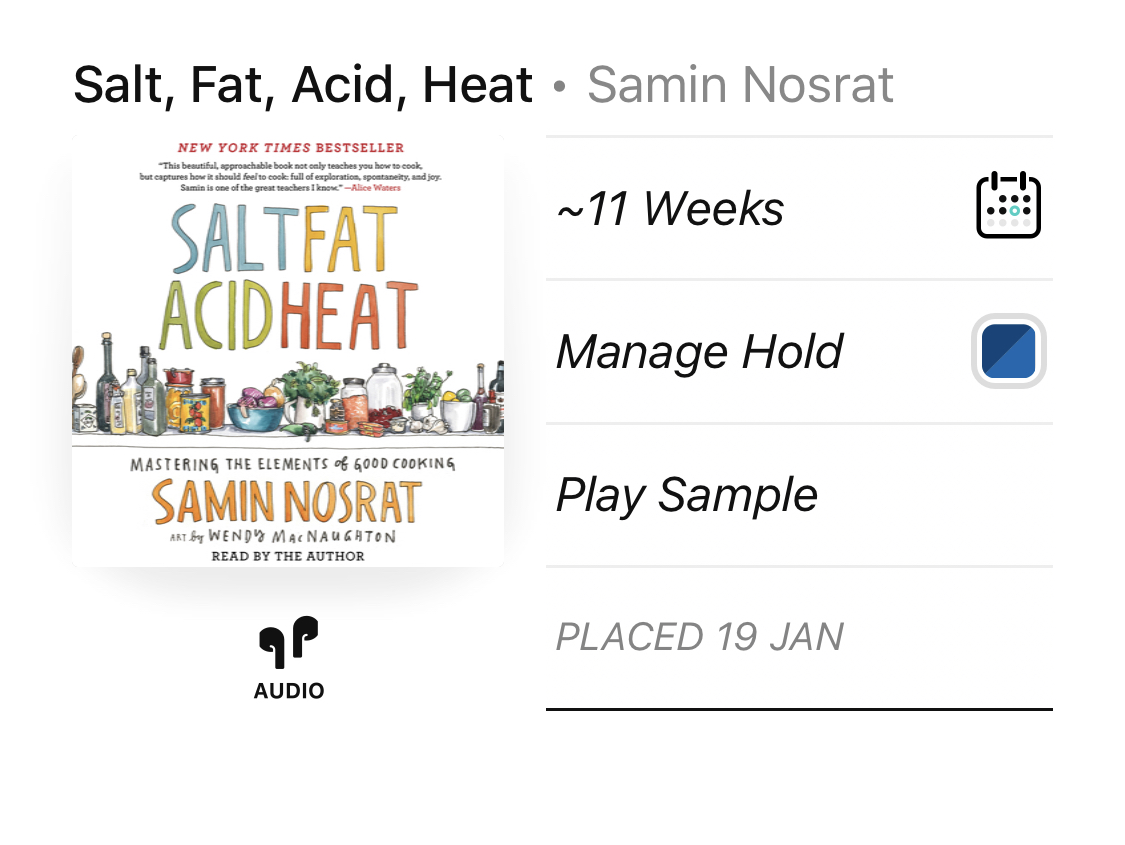 I would continue to add to my hold list, but alas: I have reached my hold limit! What happened to the theory that “the limit does not exist[9]?” Drat!
I would continue to add to my hold list, but alas: I have reached my hold limit! What happened to the theory that “the limit does not exist[9]?” Drat!
Go find yourself a good book and give it a listen! Get inspired! Find a seed, plant it, and let it grow. I’ll be right there with you as I continue “inchworming”—or rather “bookworming”—my way towards the promise of spring.
Happy reading!
[1] Okay, while that won’t quite happen in merely 13 days, one can hope! And, to be fair, this phenomenon isn’t far behind, either.
[2] Yes, inchworm is a Crayola color. Don’t believe me? Check it out for yourself. Nail polish and crayon naming… Definitely in a league of their own.
[3] Did I mention Cam’s in vet school? That’s probably important context here. Ha!
[4] Note the sarcasm here; I’m practically dripping with it.
[5] Cam shared a video of this, and it is straight out of a Stephen King book. Run! Save yourselves!
[6] This is my way of helping Cam review. Now he’s guaranteed to get an A. Study buddy, you’re quite welcome!
[7] Our family Corgi, Cocoa, used to eat worms off the sidewalk like it was nobody’s business. That little man hated storms (thunder is scary!), but he sure loved the beautiful, bountiful harvest that came with each storm: Mountains upon mountains of earthworms washed from their underground homes and hopelessly drowned on the sidewalk. For Cocoa, nothing was better, and on post-rain walks he made it his singular mission to use his incisors and cute tiny bottom teeth to scrape up as many crusty worms as he could muster. Oh, the joys of being a dog. I don’t think knowledge of these “wormy” truths would have dissuaded Cocoa in the slightest. He was a man with a worm-eating plan. However, this new insight certainly changes my opinion on the matter. Perhaps too much information can be negative. Oh, the joys of dating a vet.
[8] Okay, so I know I am referring to Libby as if she is a person, but her presence is so real in my life she might as well be. Not sorry about it.
[9] I see you, Mean Girls fans. I see you.
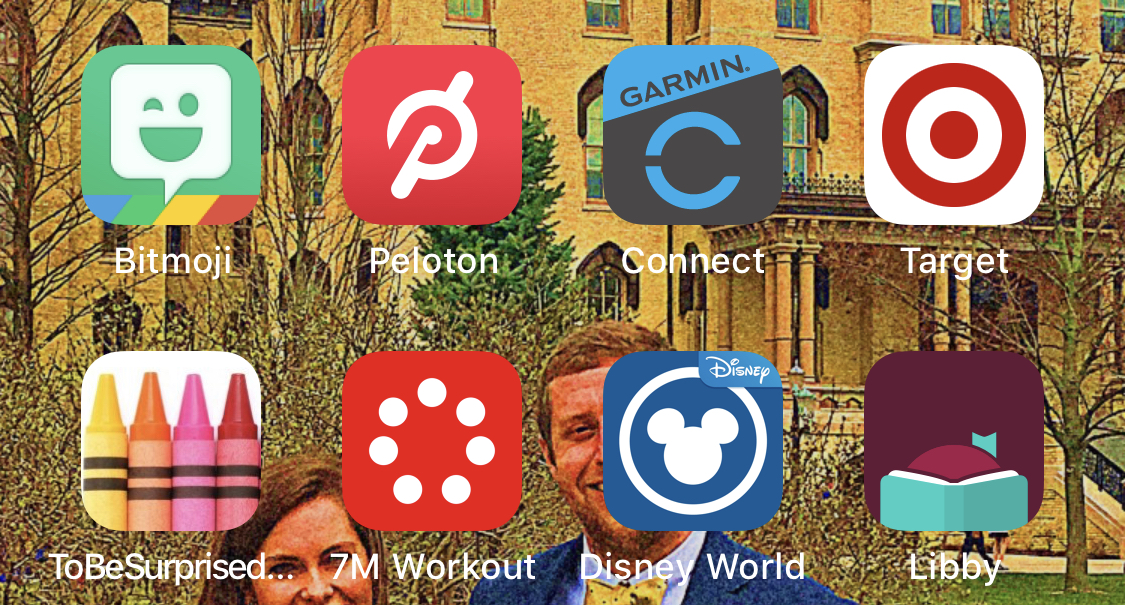
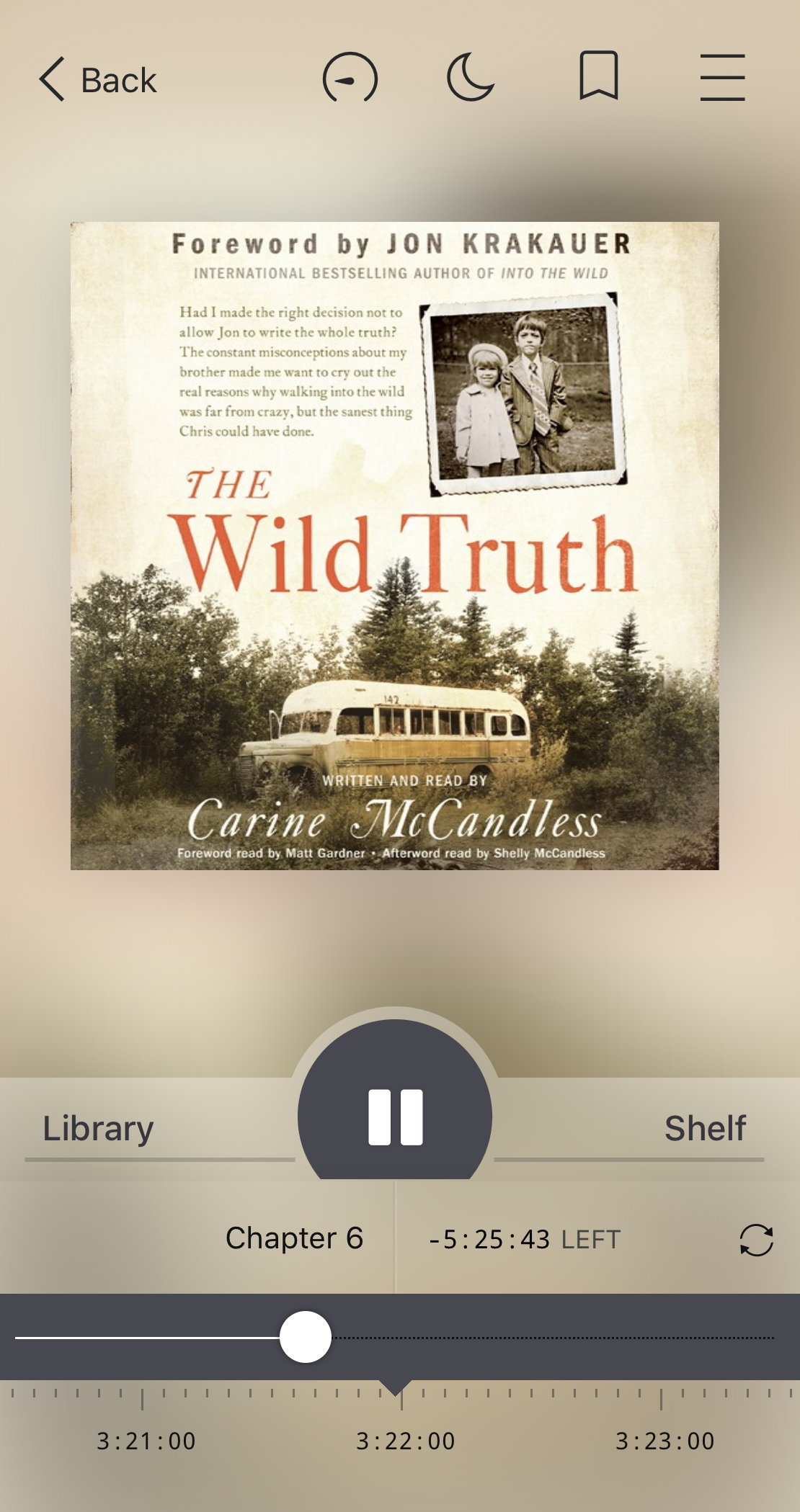
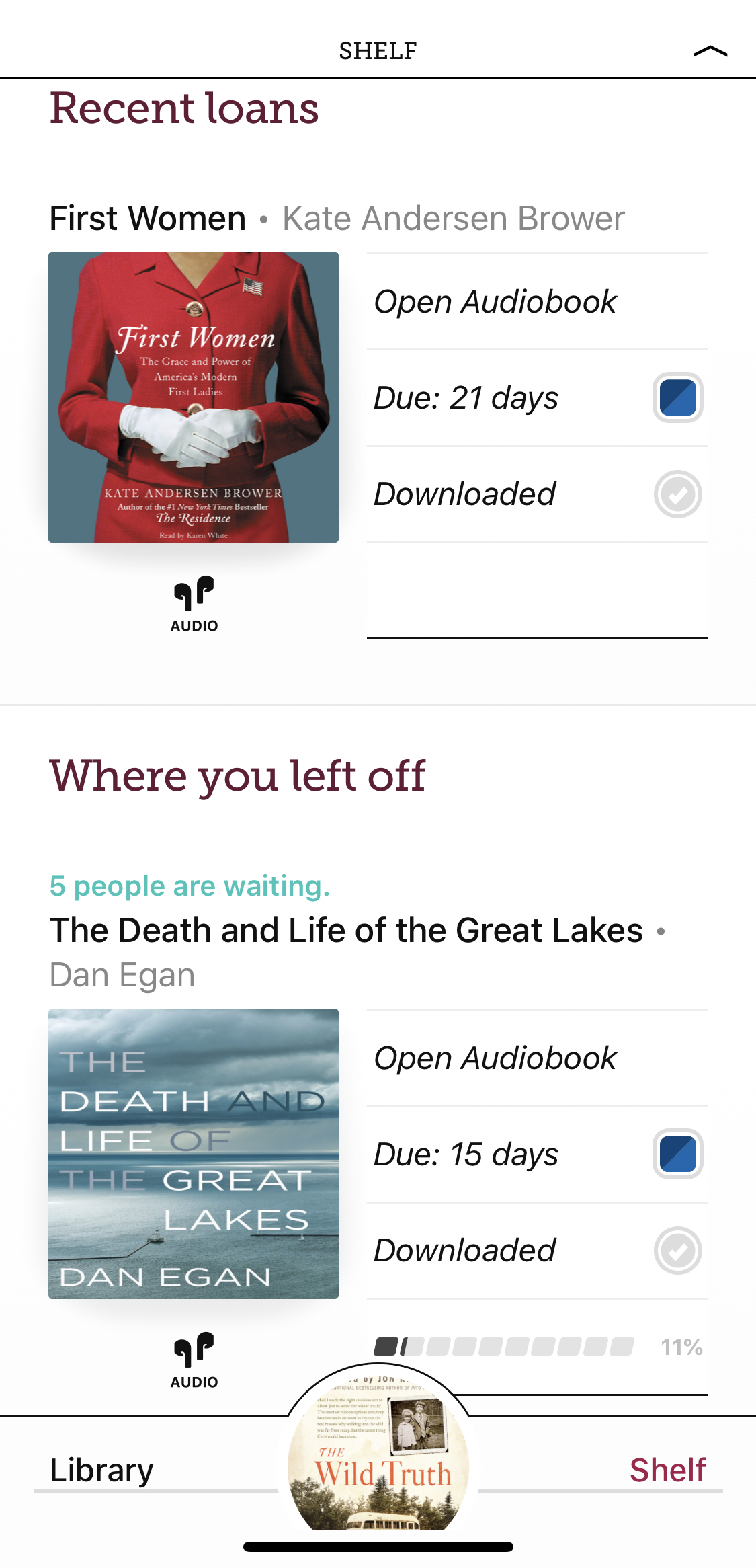
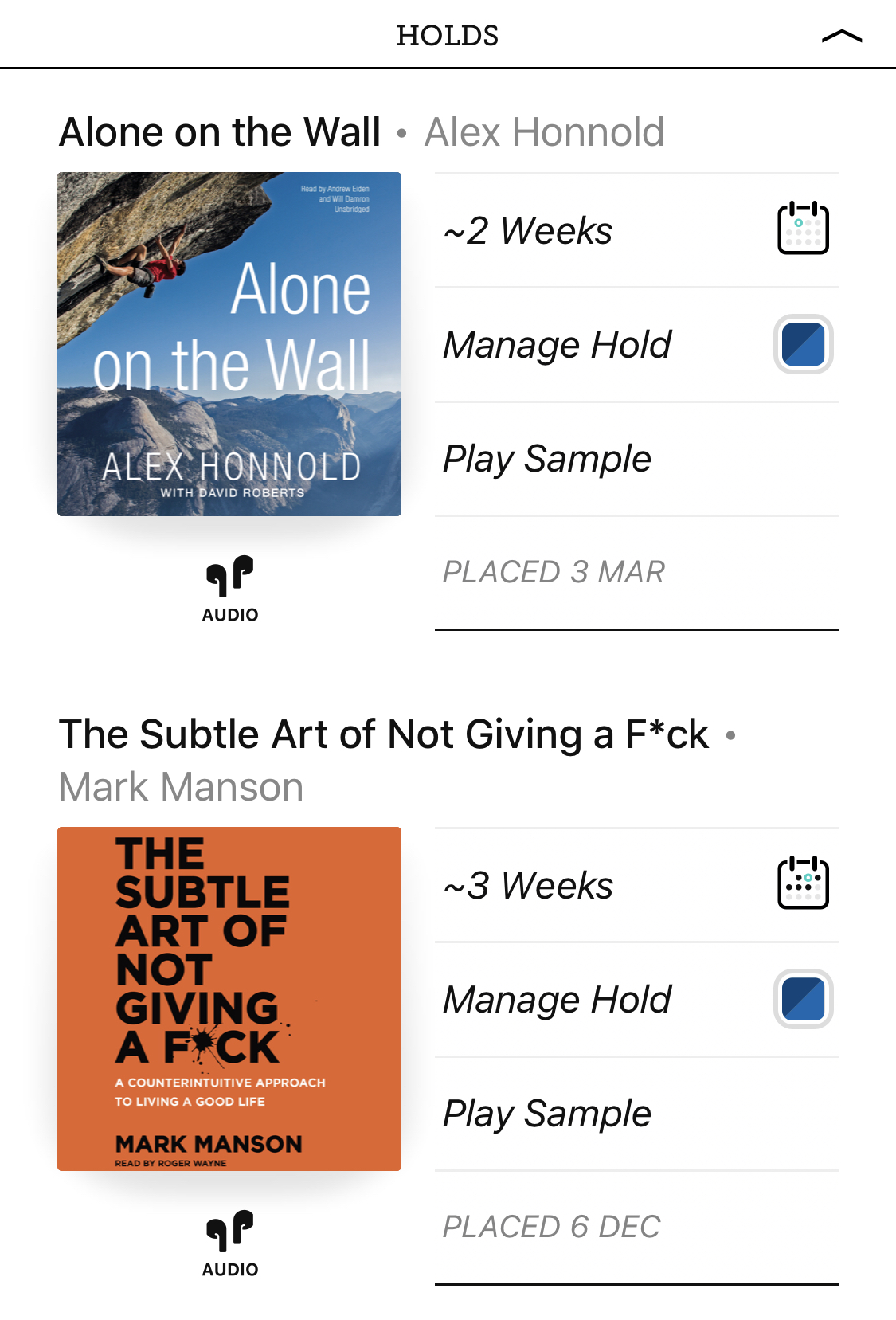
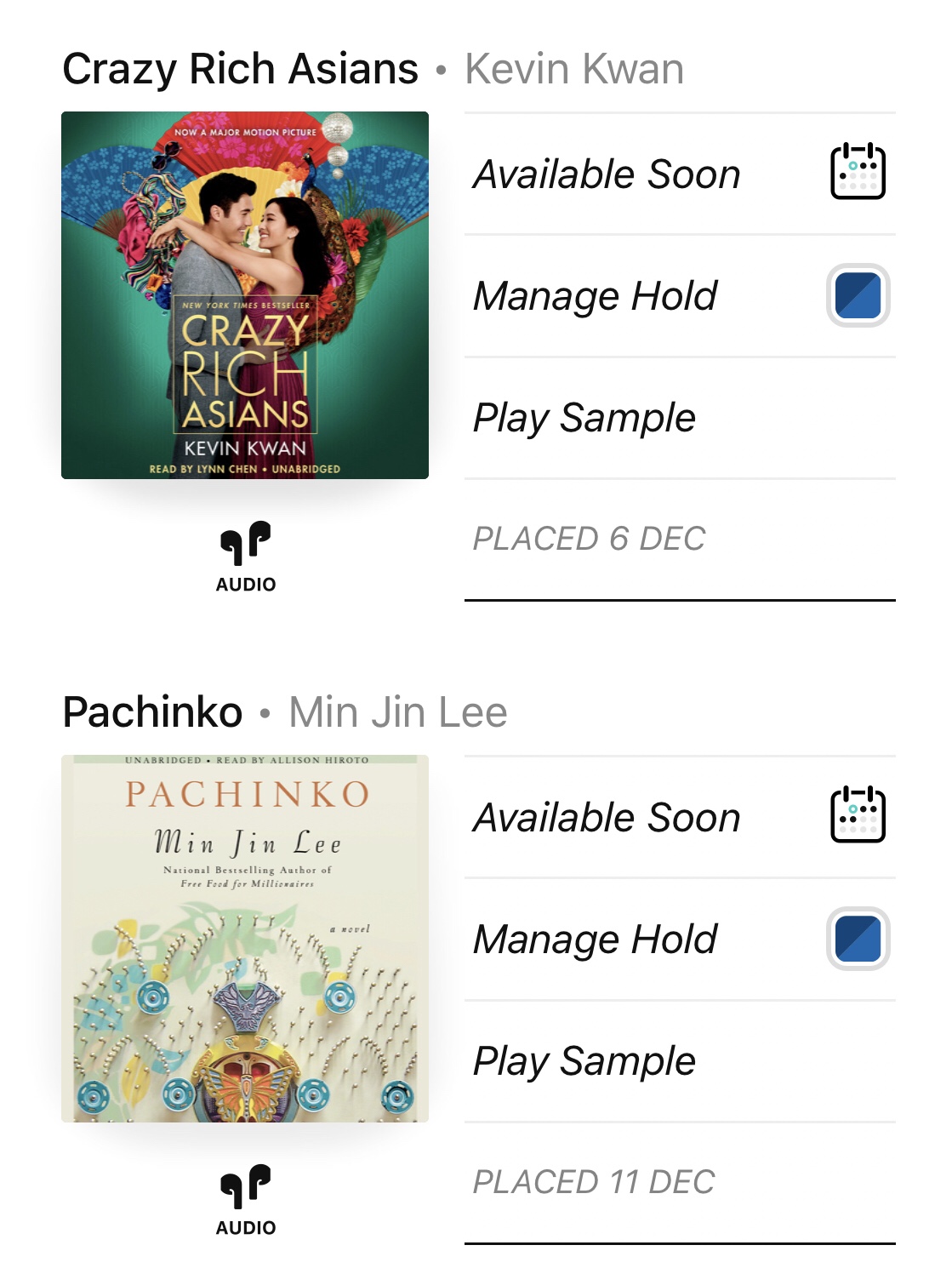
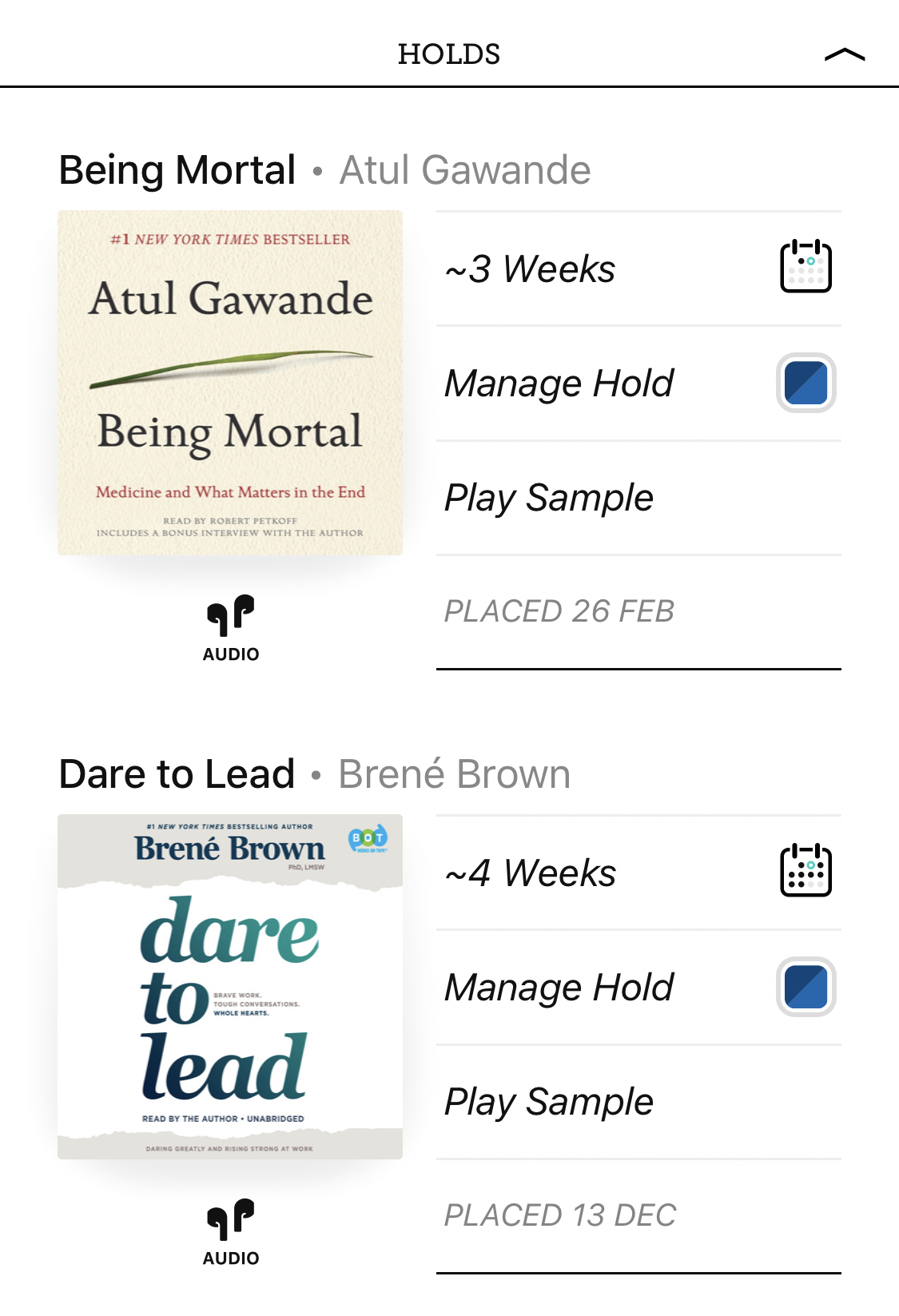
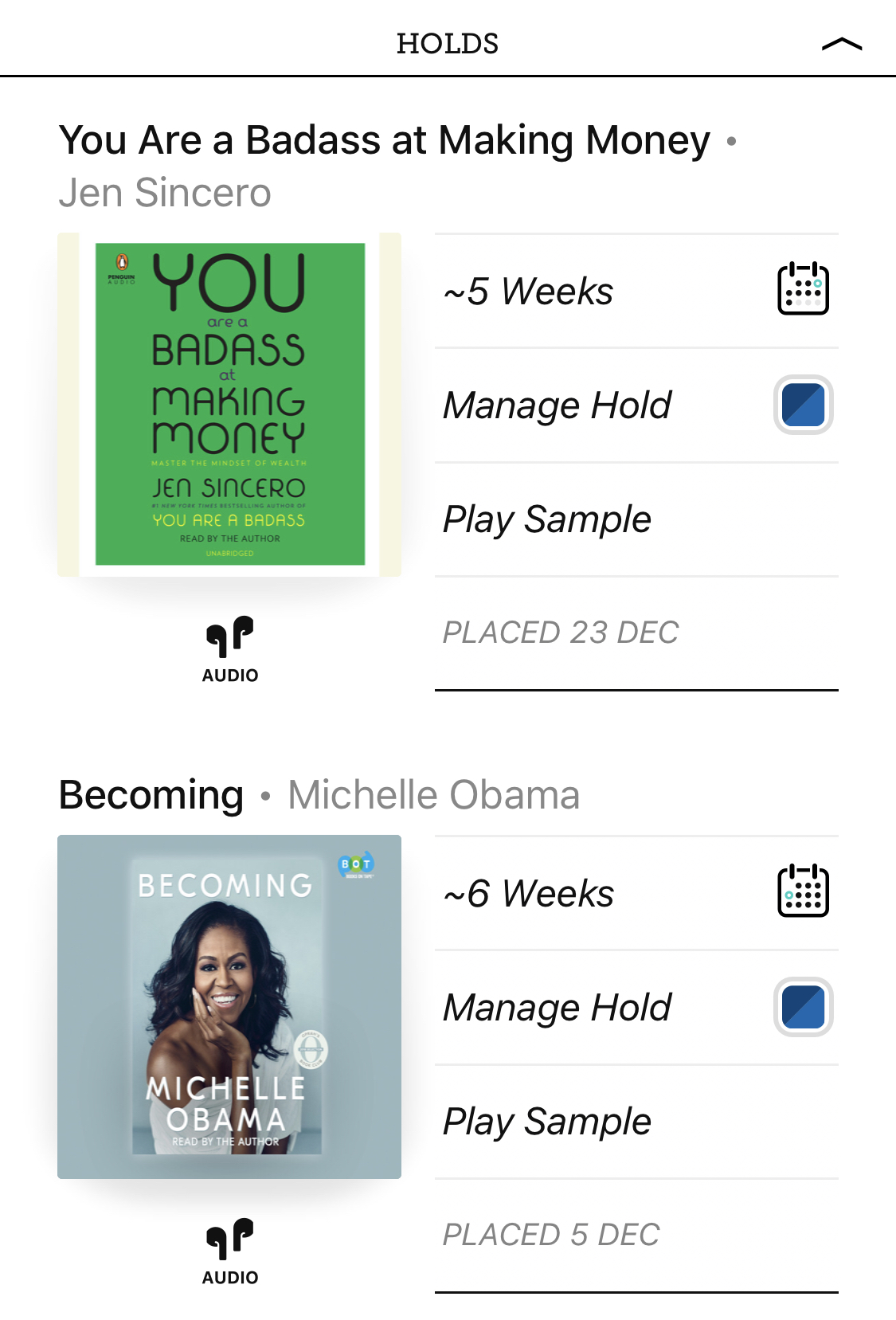
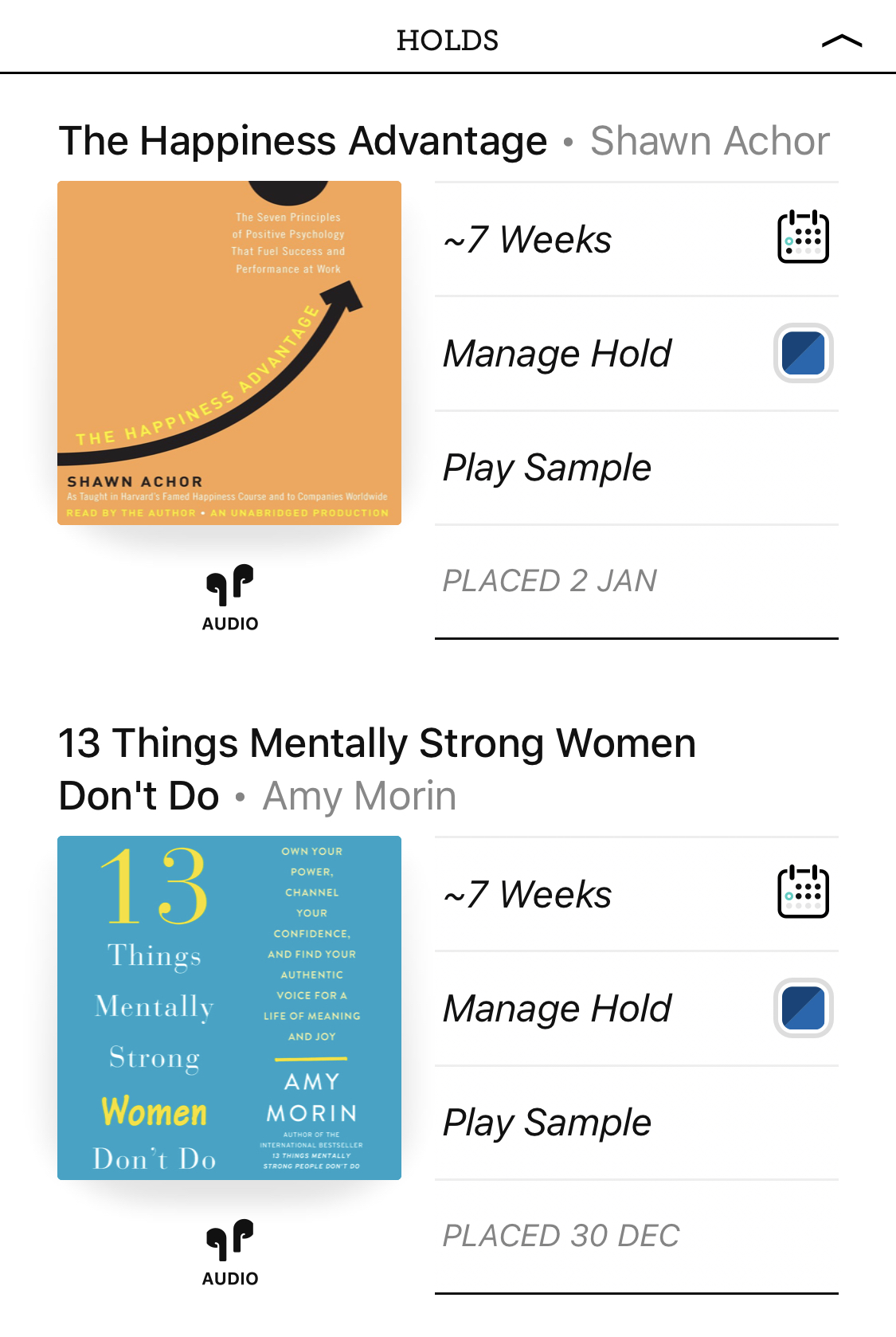
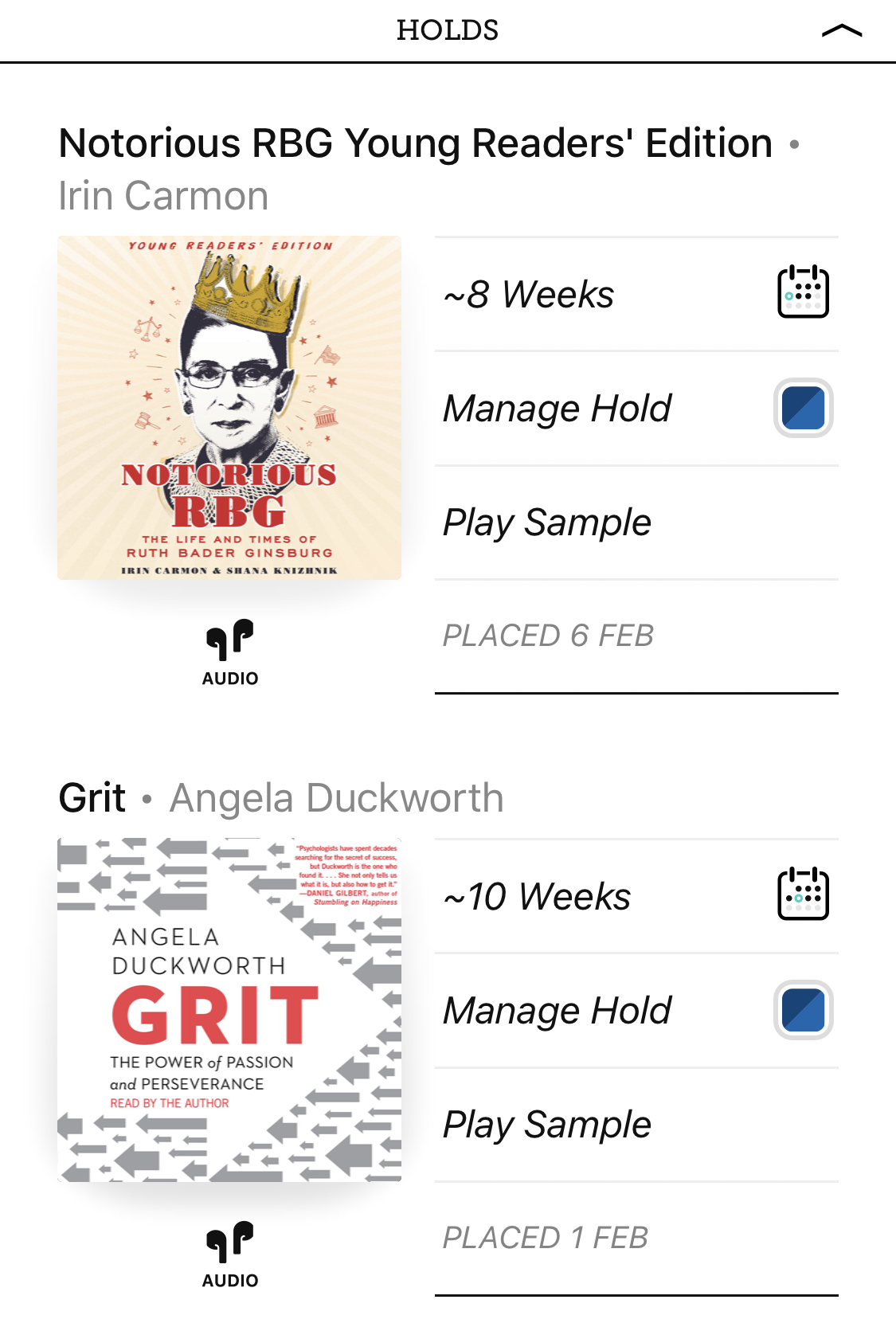
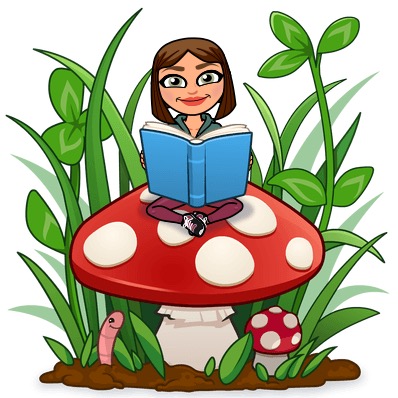



Comments are closed.